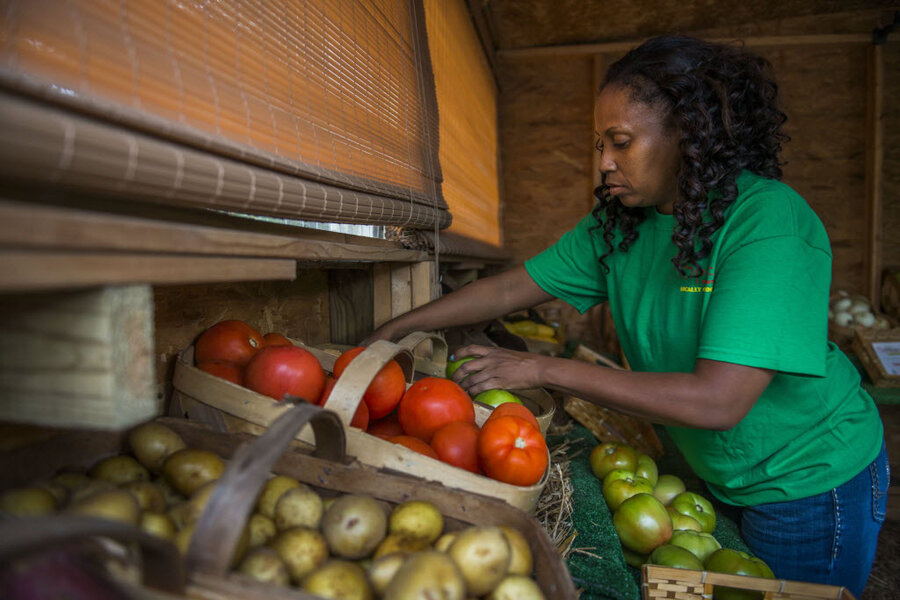USDA preps new dietary guidelines: Big changes to come?
Loading...
Should the environmental impact of a food source be factored into the US Department of Agriculture’s dietary guidelines?
The answer is no – for now.
“We will remain within the scope of our mandate ... which is to provide nutritional and dietary information,” writes USDA’s Secretary Tom Vilsack and Health and Human Services Secretary Sylvia Burwell in a joint statement Tuesday. “We do not believe that the 2015 DGA (Dietary Guidelines for Americans) are the appropriate vehicle for this important policy conversation about sustainability.”
Instead of recommending a diet strictly based on nutritional value, the Dietary Guidelines Advisory Committee had recommended in February that environmental sustainability should be a factor, therefore, Americans eat less meat and more plants. The response has been controversial to say the least.
The DGA guidelines, used by Americans for nutritional educations, are reviewed every five years. Just five years ago, the proposed guidelines received around 2,000 public comments. In comparison, the report this year received 29,000.
The discussion of sustainable diets surrounds meat production because the process contributes to methane emissions, a contributor to climate change. The meat industry also requires significant amounts of land and water.
“If you compare 10 pounds of apples and 10 pounds of meat, the meat surely has the larger carbon footprint, but it also delivers more nutrition, it nourishes more people longer,” Janet Riley of the North American Meat Institute told NPR.
The Institute’s president and chief executive officer, Barry Carpenter, said in a statement that he agrees sustainability is “an important food issue,” but he supports the secretaries’ decision as the topic is “outside of the Dietary Guidelines Advisory Committee’s scope and expertise.”
But meat isn’t the only item requiring disproportionate resources.
“It takes up to 2.8 liters of water to produce a single ‘heart-healthy’ almond,” Dr. Kathleen Merrigan, former deputy secretary of the USDA wrote in an editorial published in Science magazine. “With 80 percent of the world’s almonds growing in drought-stricken California, should consumers be advised to limit almond consumption and consider alternatives that consume fewer resources?”
Dr. Merrigan and her co-authors agree with many other advocacy groups such as Friends of the Earth and Food Democracy Now that suggest dietary guidelines should include a reference to sustainability.
“By acknowledging benefits of sustainability,” Merrigan writes, “the government would open itself up to greater demand for sustainability investments and would signal to consumers that such foods are preferred.”
Secretary Vilsack and Secretary Burwell confirm that although the 2015 guidelines have yet to be finalized, “we know they will be similar in many key respects to those of past years,” so meat will remain a part of “the building blocks of a healthy lifestyle.”








